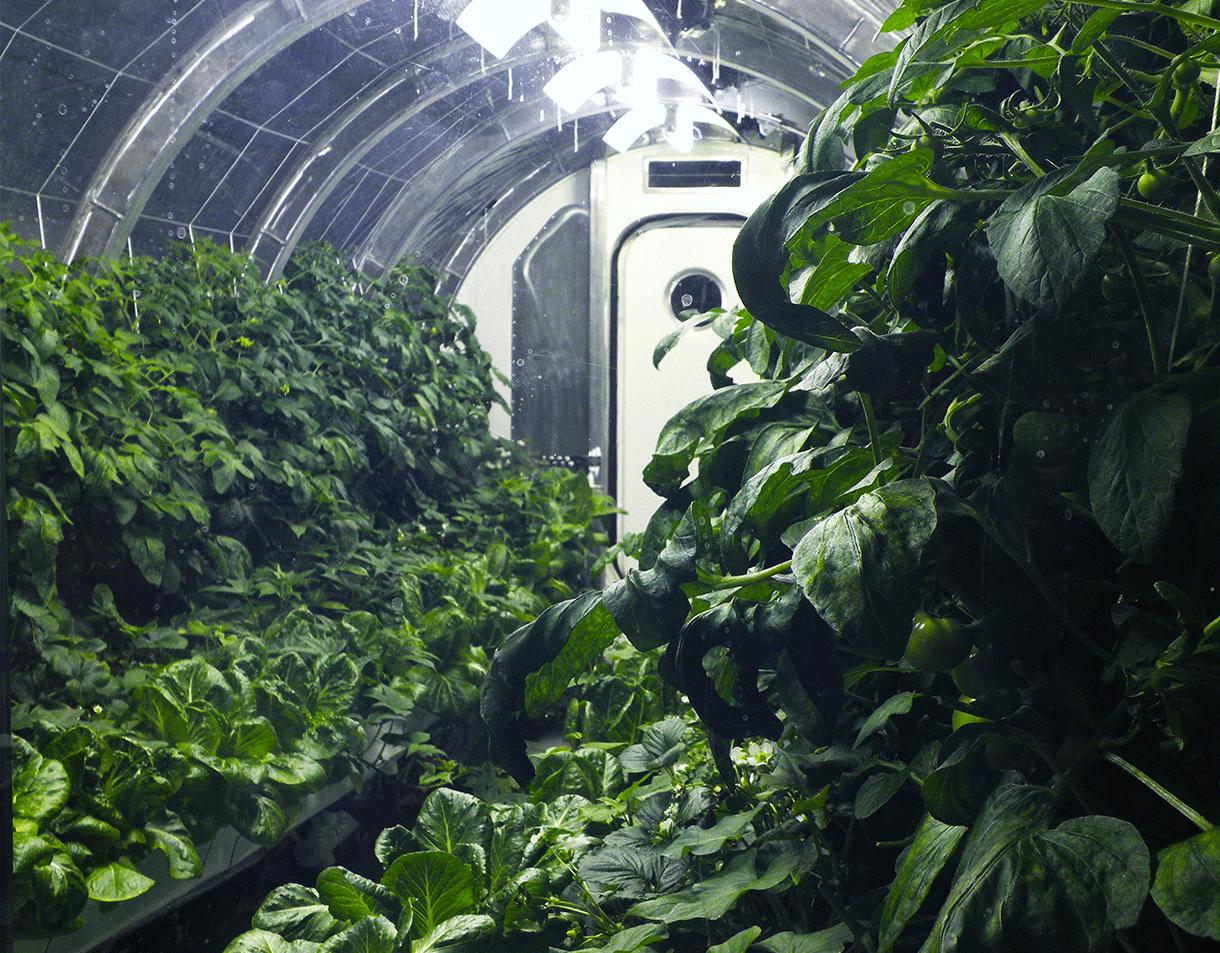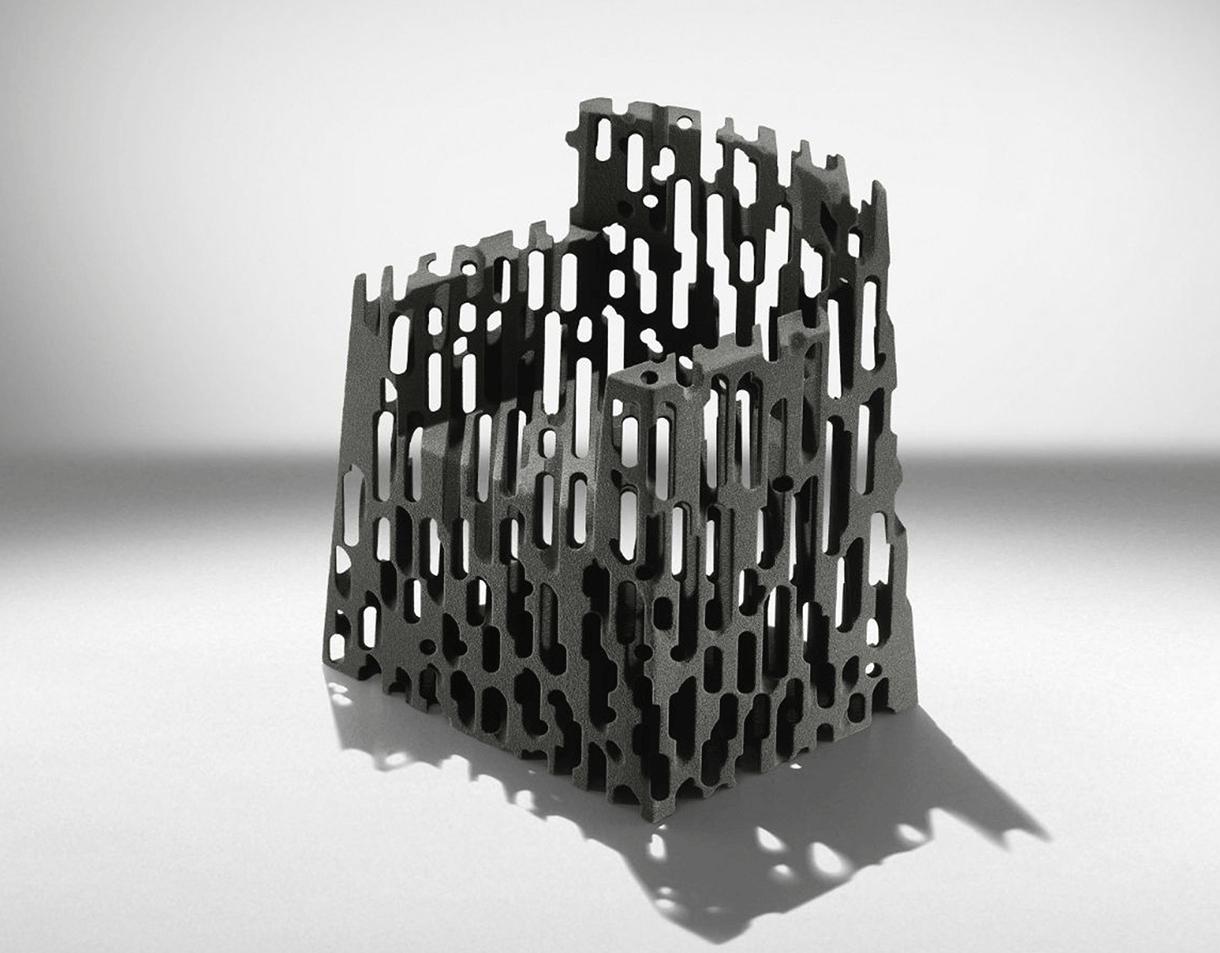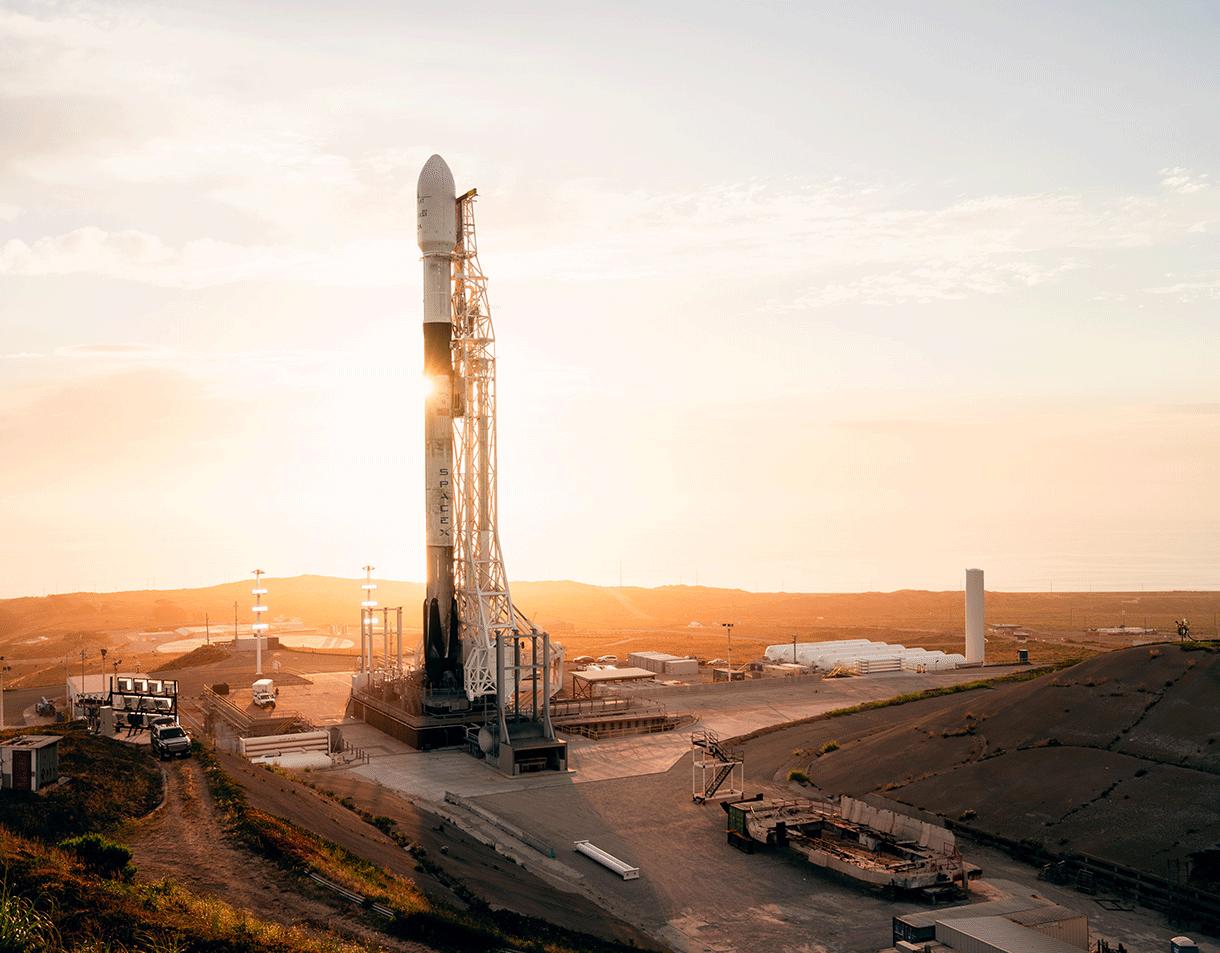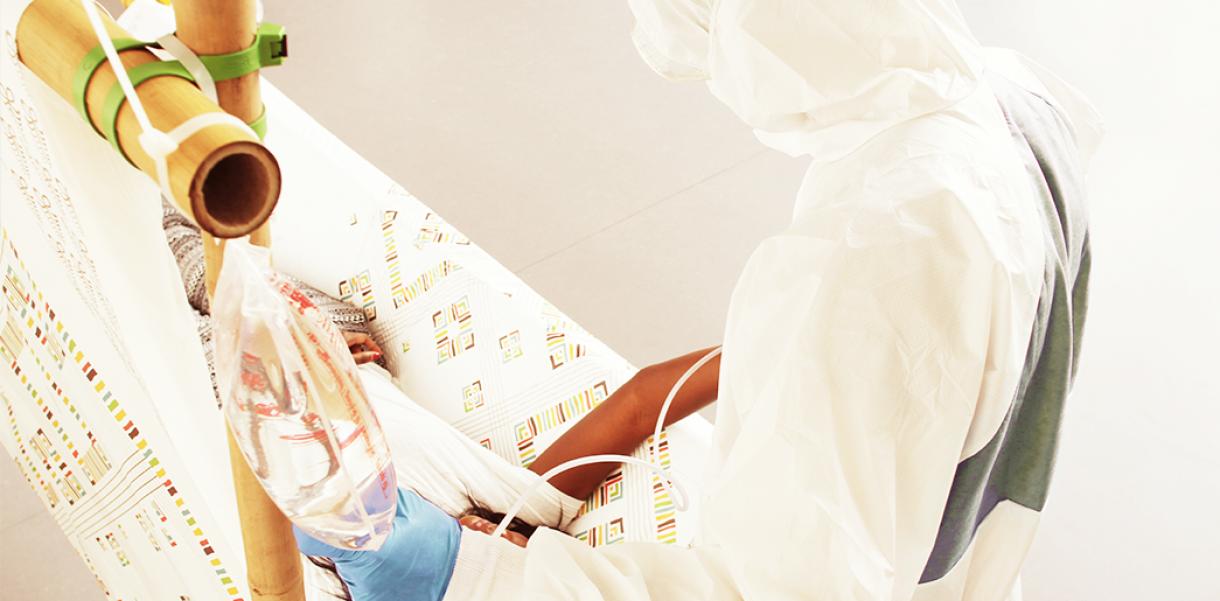Colonising Mars is a hotly contested topic. Many see the interstellar focus as a dangerous distraction from the problems on Earth. Others say it can't be done. And then some believe this exploration could help us design more sustainably here. With the right action, we won't need a planet 2.0. But, should things go awry, it never hurts to have a backup plan, right? Let's entertain the idea.
First of all, how would we get to our new home that's 54.6 million kilometres away? Elon Musk has always pushed the boundaries of transportation and the Falcon Heavy by SpaceX is no exception. The powerful operational rocket, designed to carry humans into space, can lift nearly 64 metric tonnes into orbit — a mass greater than a 737 jetliner loaded with passengers, crew, luggage and fuel. Best of all, after liftoff, several of the rocket's components gently parachute back to Earth and can be reused for the next mission. So, pack your bags, we're on our way!
When you arrive, your new 3D-printed home will be waiting for you. MARSHA, which won an Index Award in the home category, looks like something plucked off the set of Dune. The eco egg-shaped structure is made from bio-polymer — a plastic usually made from vegetable starch — and basalt fibre from the Martian surface. The outside is designed to handle the planet's atmospheric pressures, while the four-levelled inside is a "little bubble of Earth," as architect and AI SpaceFactory Founder David Mallott puts it.
"It's very human-centric - we're not designing a bunker, we're designing a home for astronauts to live in for an extended period of time."
Now, to make sure you have all the comforts of home, Italian furniture brand Driade has worked with Studio Nucleo to transform some of its most iconic pieces into 3D-printed versions. In the lead up to the 50-year-anniversary of the Apollo 11 moon landing, Driade questioned what design would look like on the moon? Or in this case, Mars. The collection includes 'Costes' and 'Toy' chairs by Philippe Starck; the 'Koishi' table by Naoto Fukasawa; and the 1973 'Cuginetto' glass table by Enzo Mari. The beautiful pieces make sure you don't have to live on the red planet without the design brilliance from Earth.
And, finally, how do we eat? Don't worry; you won't need to survive on potatoes fertilised by human waste. Luckily, a group of researchers from the University of Arizona, in collaboration with NASA, have done the work for you. They've created an innovative inflatable greenhouse to help feed astronauts on other planets. The Prototype Lunar Greenhouse is made of an inflatable material and functions as a closed-loop, integrated with the astronaut's life support systems. The carbon dioxide released by the astronauts is used to support the plants, which convert it into oxygen while also providing a source of food.
-
Images: SpaceX, AI SpaceFactory, Studio Nucleo and University of Arizona







